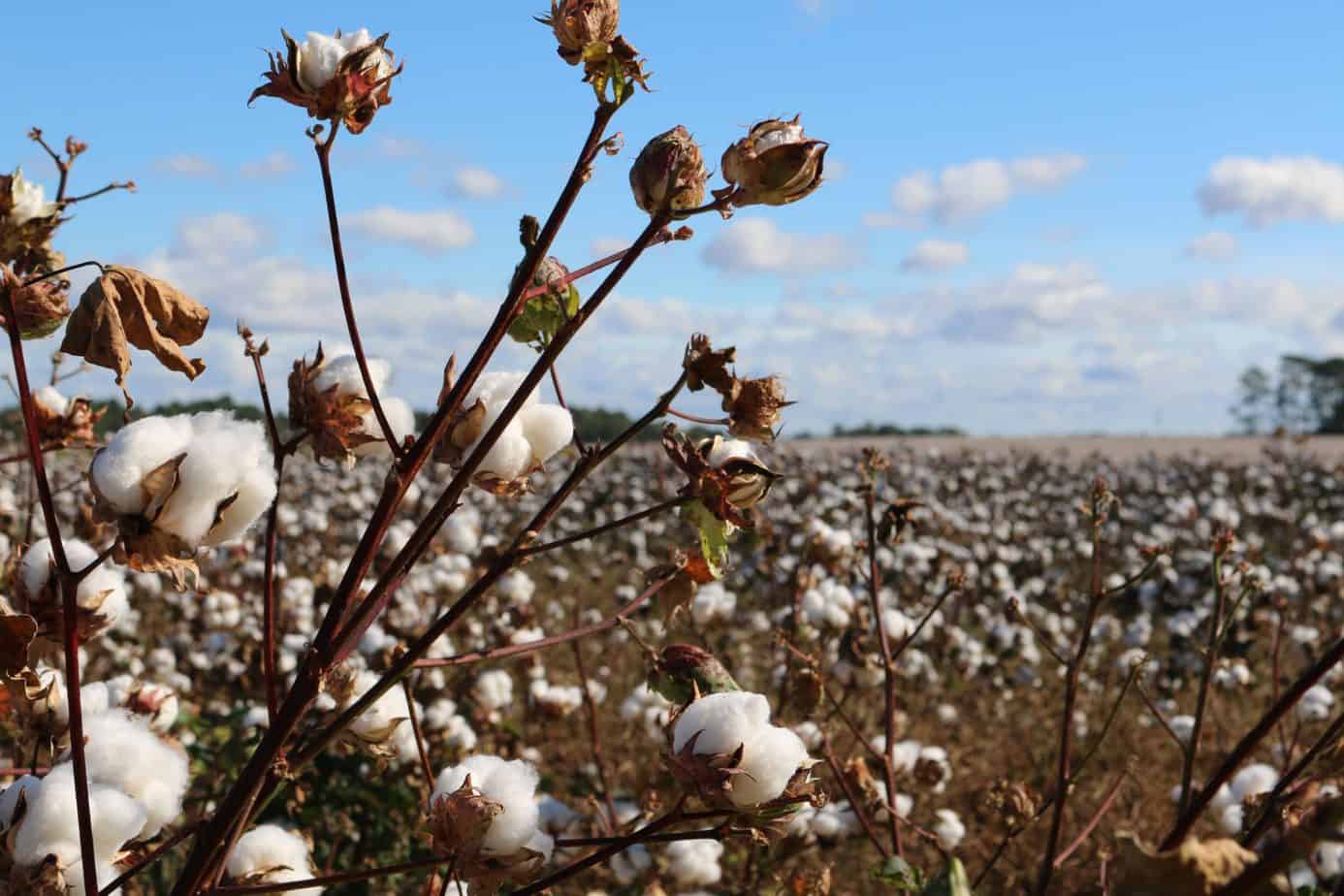Cotton has always been the personal preference of the people, especially those who hold dear the environment. You can see top IG models, namely Kendall and Gigi rocking those fashionable, durable, and earth-friendly cotton outfits.
Big-name brands like Outerknown are renowned for their cozy and durable clothing that is constructed of 100% cotton. If nature has been a treasure to you, you can’t miss out on the most sought-after clothing made from the subsequent in-demand cotton substitutes.
It’s comfortable, lightweight, non-toxic, ideal for all seasons—be it winter or summer (keeps you warm inside when it’s cold outside and vice-versa), and most importantly it doesn’t cause any allergic reaction to your skin.
In spite of offering numerous benefits, some competitive fiber brands try to make it look like it is not as appealing as their own fibers are, however, the reality is not the same. Cotton is seen to have drought- and heat-tolerant plants, which really is a lifesaver when it’s too hot.
Keeping the plusses that cotton brings to the table aside, there are things that we cannot overlook—the huge land that it covers (the place where it’s grown) and the amount of water needed to produce it. Yes, you’d wonder to know that cotton alone requires 10,000 liters of water for 1 kilogram of cotton produced.
If becomes even crazier if the fabric in use is the cotton produced using conventional ways. Now, this is where most people come unglued—there are majorly two types of cotton that exist today: organic cotton and non-organic cotton.
The former one can be a good choice to consider, however, we strongly detest the use of clothing or accessories that have been made using non-organic cotton because it requires a heavy amount of fertilizers and pesticides which deteriorates the soil in the long term—something you wouldn’t want for the healthy crops.
Why Consider Cotton Alternatives?
While by using 100% organic cotton, not only can we achieve longevity in the fabric we opt for but also it is good for the skin and also makes the soil viable—i.e. it doesn’t have any negative impact on the place where it is grown. However, non-organic cotton does the opposite—it’s bad for the soil.
It’s shocking but true—16% of the world’s insecticides are used during producing non-organic cotton which is more catastrophic than you could imagine. It is poisoning for the ‘mother nature’ and the people living in it. The consequences of conventional cotton farming don’t end there—it also requires high energy and water, which later becomes a cause for global warming.
So, this is what happens on the farm, but there’s more that is going on at the factory and on your skin. To make tons of non-organic cotton, workers might be forced to work day and night because there is no ethical practice followed by the fast-fashion brands. Plus, it also involves the use of dyes that are likely to contain toxic materials.
Since non-organic-based clothes are not recyclable, once people are done with them, these garments find their way into the landfills or oceans, affecting the lives of land-living animals, water creatures, and human beings.
It gets even worse when the apparel made out of non-organic or conventional cotton is worn. It has been seen that toxic dyes can get into the skin. This could result in respiratory problems. It can even cause allergies and rashes. The babies are most vulnerable in this case.
Cotton Alternatives
As you’ve seen how appalling non-organic cotton. While organic cotton is arguably used most by the apparel brands, it may not be as silky as some other fabrics are, viz.
Although on a small scale, organic cotton has turned out to be very promising, it still can be responsible for greenhouse gas emission if produced on a large scale, says this report.
Since there’s a lot at stake, avoiding conventional cotton is the best way to look forward to a sustainable living. We, therefore, have rounded up some of the best eco-friendly fabrics that can be used in preference to cotton.
These cotton alternatives are strong, durable, silky, cozy, non-toxic, and require little to no water.
We strongly believe that these are going to be your favorite as we shed light on their characteristics and how they are super helpful in maintaining a perfect balance on this planet.
So, let’s jump right into it.
1. Organic Hemp
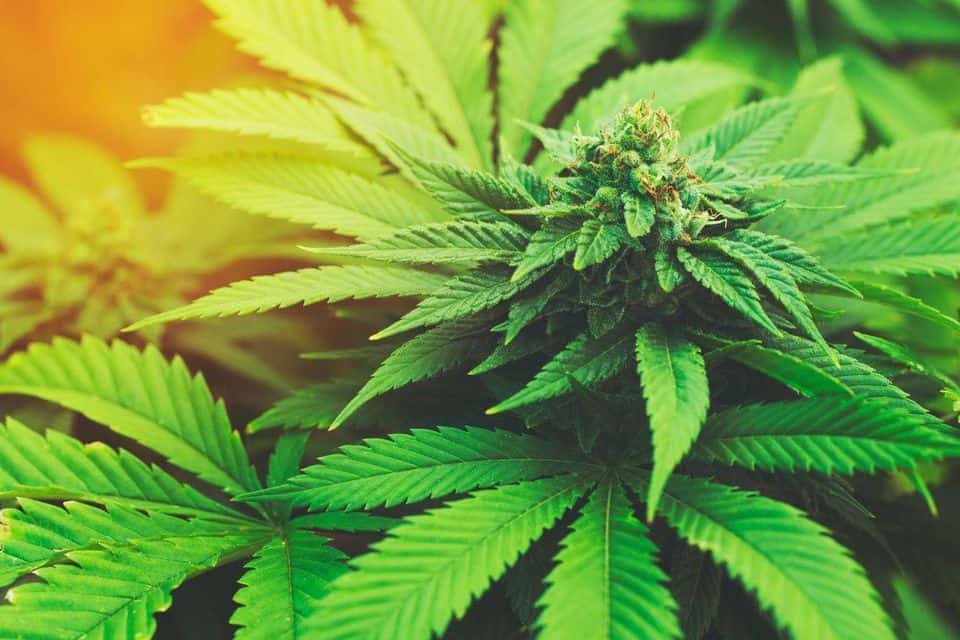
Not just the regular hemp but we’re talking about the ‘Organic’ one. Organic hemp is considered to be one of the best ecological lifelike fabrics out there. Apart from the fact it is high-yielding, it can be produced without requiring too much water just like conventional cotton.
What sets hemp apart from other materials is that it is CO2 absorbent—a carbon-negative fabric. In other words, it can absorb that highly wild gas i.e. carbon from the environment. So, we can say that it is doing the work of trees for us.
Being antimicrobic and sun-protective fabric, it clearly brings a win-win situation to life for all human beings and other water and land-living creatures. Perhaps, that’s also the reason why it (hemp) is very hard to grow and, therefore, tends to be a little expensive.
Among other fascinating factors, hemp is also known for its unmatched durability and strength. When it comes to the area, it can grow in considerably less land as compared to cotton without having to require more water.
The fabric that has no impact on the environment is ‘Hemp’ that can be put to good use—to produce fabrics (materials) that can be biodegraded easily.
Although the U.S. and Australia have now removed their bans on this plant, the problem has not gone for good—Hemp is still not useable in many counties—many countries haven’t provided a clearance to use it. Yes, it’s the same plant that is also known as cannabis.
If you thought that these plants are different, for your information, they are not. In spite of controversies, hemp can be used to produce different kinds of products, such as:
- Textiles
- Clothing
- Food products
- Plastics
- Animal feed
- Paper
China is the world-leading producer of hemp—with around or more than 70% of overall output, France comes next, though. Speaking of sustainability, in a report published in 1998 by Environmental Economics, hemp turned out to be ecofriendly. Put differently, it is good for the environment.
Remember when we mention hemp, we actually mean organic hemp, not the one that is produced using conventional methods.
2. Organic Bamboo
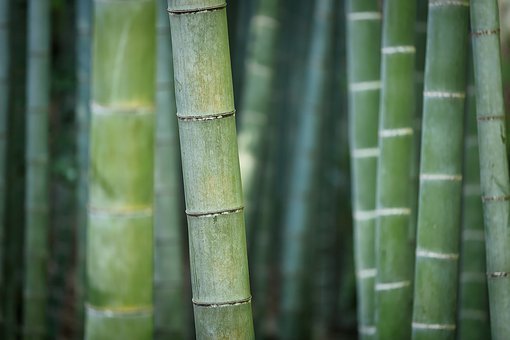
Is there a way to replace cotton with bamboo?
Well, although—like other fabrics production—making use of bamboo is challenging, it’s not impossible and that’s why you could choose the clothing made with bamboo because it’s well-thought-out to be one of the most sustainable fabrics in the world.
Before laying out the differences, let’s shed light on the similarities that lie between bamboo and organic cotton (not the conventional one). Well, having dug deep, we came to understand that both fabrics are cozy, long-lasting, and good for the planet a.k.a. sustainable.
So, how is it better than cotton, if that’s what the truth is, or how does it manage to supersede cotton in terms of saving water and producing comparatively fewer carbon emissions?
Although it’s a close call, if we look into the comparison battle closely, you’ll notice that bamboo requires little to no water to grow. It can also be grown merely on the rainfall—no need for the irrigation to come into play.
Furthermore, it’s been seen that you don’t have to use any kind of insect killers as the odds are there is much of the requirement. Speaking of the characteristics, bamboo fabric is silky as compared to cotton, and not just that, it’s also breathable.
If soil erosion has been giving you a heart attack lately, the bamboo fabric will be a lifesaver since it has not been associated with soil degradation.
But what about biodegradability? Can bamboo actually be biodegraded—i.e. decomposed into the soil naturally? Well, as it turns out, the bamboo can be biodegraded easily into microorganisms and sunlight. That’s not the whole story, as a sustainable brand, you will also need to ensure that there’s no fungi infection growing onto the plant.
Luckily, while growing bamboo, there’ll be no pests, thanks to ‘bamboo-kun’, an antimicrobial agent that provides the plant a natural resistance to fight with all plant plagues.
There’s another topic that we’ve seen people getting involved in—deforestation.
In other words, has bamboo shown any kind of slow when it comes to deforestation? Has bamboo been associated with any kind of deforestation? Well, according to Bamboo Central, there is no need to chop the bamboo down and terminate completely; rather what we can do is trim the part that we need and let the best part of the plant grow. Yes, you read that right—there’s no need to kill it. If this sounds familiar to you in any way, it’s probably you may have read about TENCEL’s Lyocell that also requires less water and doesn’t make the termination necessary; rather, we can go with the trimming process.
The fact that bamboo can grow up to 3 ft. a day (and a maximum of 98ft. taller in their lifespan) will leave you goggle-eyed. We also mentioned earlier in sustainable fabrics, bamboo produces 35% less carbon dioxide.
If you’re not after apparel made with organic cotton, we believe that bamboo is definitely your next stop.
3. Organic Linen
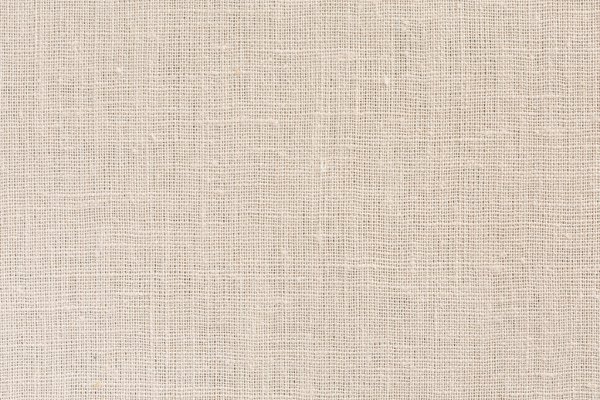
As you may have noticed that we are only suggesting you organic fabrics. That’s because they’re far more earth-friendly than the ones produced using conventional practices.
Anyway, organic linen is another fabric that has caught our attention after hemp for it is sustainable, breathable, and lightweight. Linen is much similar to what we’ve just laid out above — hemp, the major difference between the both is that linen is created using flax plant.
You don’t have to depend on the high use of fertilizers, herbicides, pesticides, and other chemicals as it can be grown with just a limited amount of chemicals or with no additional substances whatsoever. Just like the bamboo plant, there is a need to rely on irrigation, rainfall will do it.
So, how does organic linen get the upper hand over cotton?
Having looked into it, we found out that by using organic linen, you could save a huge amount of water. While on the one hand, cotton requires around 2,700 liters of water to produce, whereas, organic linen, on the other hand, undoubtedly, is a winner in this scenario—it takes less amount of water to produce those eco-friendly outfits you love to wear.
We all love wearing tops, don’t we?
But can you imagine how much water organic linen requires to produce a high-quality, durable, and breathable top?
The numbers depict that very less water—6.4 liters, to be exact— to produce a top. That means it has a significant impact on the people when it comes to adopting sustainable living.
If you’re curious to know the country where it is grown in bulk, the credit goes to Russia. But still, the nation that is known for the top-notch quality in linen is Belgium. Yes, it is true that they’ve been producing raw material since 1946, says the free encyclopedia. However, the credit of a world-leading producer goes to China.
Despite the unmatchable features of organic linen, growing it not as easy as cotton. That’s the reason the line is not as well-known as cotton.
It gets even better when sustainable and innovative brands like Coyuchi minimize the waste by using a closed-loop system. Since there’s a lot that organic linen brings to the table, it’s a bit expensive. However, you could rest assured because it’s totally worth it.
4. TENCEL™ Lyocell
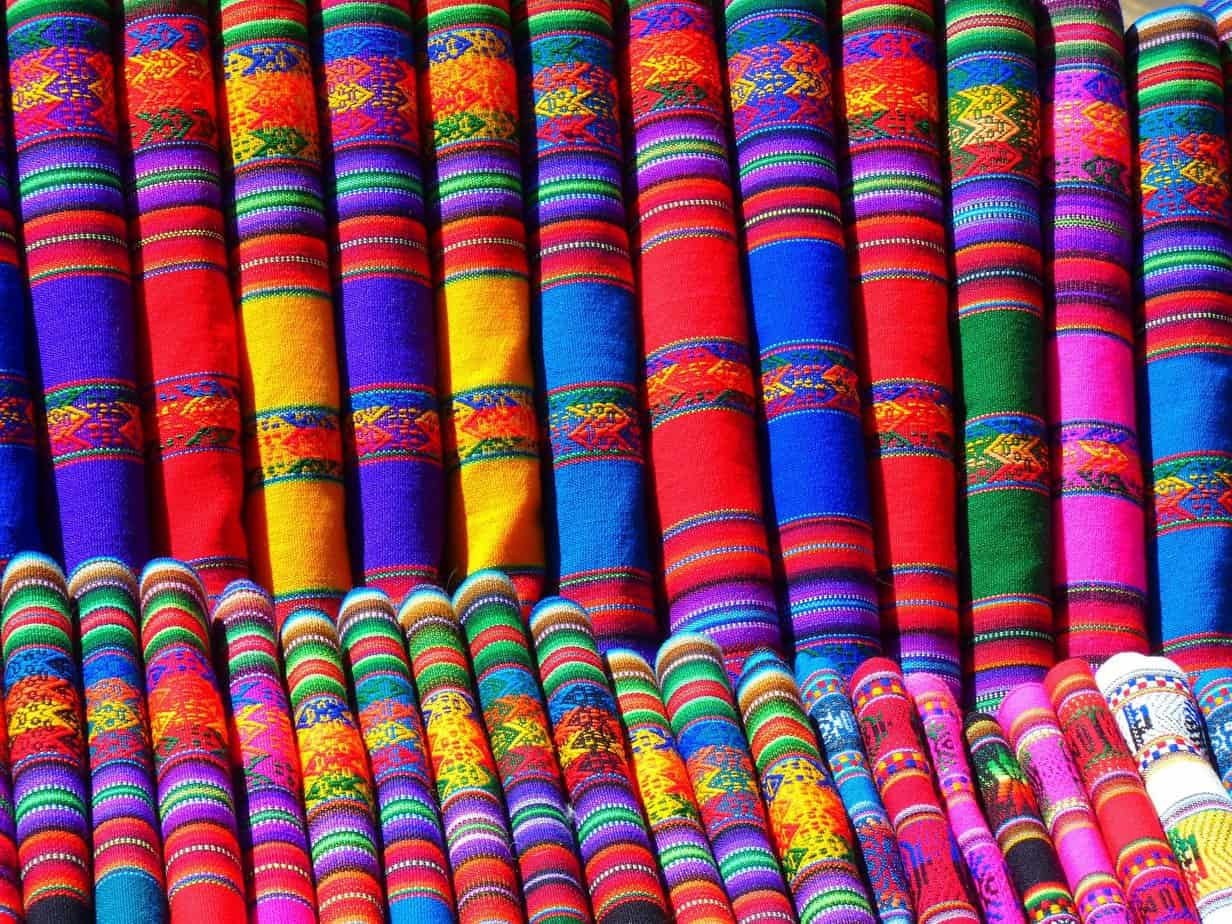
Does lyocell ring a bell? If it does, don’t put stress on your mind to remember where you came across this fabric. Let me tell you everything you need to know about it in detail.
Actually, lyocell is marketed with TENCEL and falls into the category of “Semi-synthetic” fabrics. The company that makes this fabric is known as Lenzing. It’s one of the most sustainable fabrics out there on earth and what’s impressing here is that it is recyclable i.e. up to 99.5% of the dissolving substances can be reused.
Although it is grown in sustainably managed forests, you should be cautious about its type—there are many types of lyocell. We only suggest you go with the one that is marketed with TENCEL™ because that guarantees sustainability.
We can help but take it for granted that lyocell offers more breathability, softness, doesn’t make the fabric suffer from the wrinkles (like cotton). If you would like to get your hands on clothing, footwear, or accessories made using soft and breathable fabrics, lyocell is the way to go—hands down!
Coming to the question, how much water is used to produce lyocell?
Well, lyocell takes the environmental responsibility to the next level—it saves up to 80% water as compared to water used in conventional cotton farming. Furthermore, lyocell also helps in fighting the deforestation problem that is killing our nature—and our planet earth.
How does it work, exactly?
Well, just like bamboo, there’s no need to terminate the lyocell plant, rather; we could choose to go with the trimming procedure. The company i.e. Lenzing claims to use only Eucalyptus trees because lyocell is made using the Eucalyptus pulp. Not just that, almost all parts are reused, leaving no waste to find its way into the rivers or ocean.
So, lyocell is clearly a winner if you’re trying to hunt for a sustainable alternative to cotton. What’s more, there’s no chemical required for the growth of lyocell.
We also found its manufacturing company, Lenzing, to be more promising as they also keep everything transparent to the public—from the area where they grow lyocell to where they manufacture to how it is sold to the end-user.
You could easily track the whole process using their page.
On the whole, lyocell uses less energy and resources as compared to cellulose-based materials.
Plus, if your skin is too sensitive, you’ll find outfits made from lyocell very promising. Not only is it breathable but also it is anti-bacterial—it can absorb up to 50% water in just a matter of time.
Is there any weakness to lyocell?
Well, no fabric is 100% perfect and you know it. Having said that, there’s the only drawback that has caught our attention is that lyocell is more expensive than other fabrics out there. I believe it is because sustainable living is not free—it comes at a cost.
5. Modal
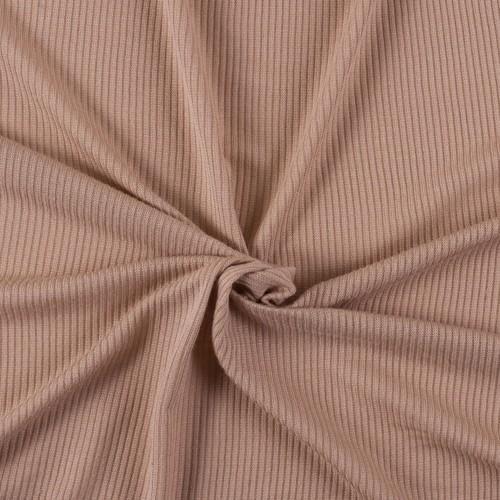
Modal is another man-made fabric that is having a moment in this day and age.
Outfits or apparel made with modal is soft, natural, lightweight, stretchy, and biodegradable. The reason why modal is considered to be a sustainable fabric is that it is made using beech tree cellulose and requires less water to grow. Research has shown that it is good for eczema-prone skin as it is capable of capturing moisture in the concentrated area.
It is one of those fabrics that are revolutionizing the fashion industry. In fact, you may see top IG models wearing it as it offers an ultimate luxury experience to life and, therefore, is expensive.
What about environmental responsibility?
Does it require less water?
As we’ve already discussed above that it is made using beech trees, and we know that beech trees don’t require much water to survive. Therefore, by using modal, you’re likely to become a helping hand to save up to 10 to 20% water.
While it’s super easy for the end-user to put those stylish fashion picks made using modal, its production is really challenging for the manufacturers. It’s a 6-step, in-depth process that needs to be done in a systematic way by the experts.
What we also found fascinating about modal is that it is water absorbent. Yes, modal is capable of absorbing up to 50% more water than cotton, it is durable and drapes well. That’s the reason why it is considered a go-to fabric to gets day-to-day decoration done. Unlike lyocell, modal doesn’t shrink, which gives it an advantage over cotton and fabrics that shrink.
But again…while shopping for modal-based outfits, pay close attention to the label. To make sure that you’re spending your invaluable bucks on the right fabric, always look for the TENCEL™ modal as it is sustainable and reuse up to 99.5% solvent.
Summing Up!
Although organic cotton is one of the most sustainable fabrics out there, non-organic cotton—one that is farmed or harvested using conventional practices—is responsible for the negative impact on our environment. Not only does non-organic cotton destroy or weaken the soil where it is grown but also it requires high energy and more water. It’s even responsible for the increasing levels of CO2 released into the atmosphere.
So, if you want to take a smart step towards saving our environment matters, you could always consider other sustainable fabrics like organic cotton, rPET a.k.a. Recycled Polyester, Piñatex, Econyl, etc. In addition to these benefits, there are other noticeable plusses that will have your attention in the first place.
That’s it for today. We didn’t include all the fabrics out there that could replace cotton but the major ones only. If you need an in-depth guide on sustainable fabrics, we’ve already published that. Do take a look and stay on the bright side and well-informed.
